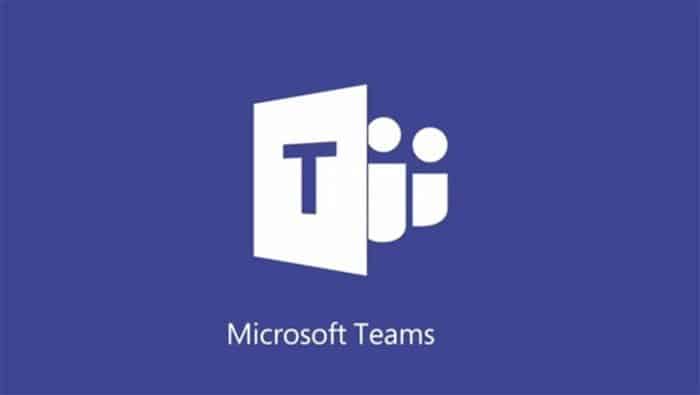On the Microsoft Teams blog Microsoft shows a number of ways to automate tasks in the Teams environment. Activities such as approving a completed task or linking messages can be automated by integrating Microsoft Flow into Teams without coding. The use of Microsoft PowerApps is also integrated in Teams.
With Flow it is possible to create personalized work processes to optimize time-consuming tasks by automating them in Teams. This is done as mentioned without any form of coding and the function is directly accessible from Teams. In addition to simple processes such as linking messages from Outlook to Teams, it is also possible to create multi-step processes, plus the integration of third party software. In addition to completely self-built workflows, there are also a number of templates to choose from, which can be useful when optimising general workflows.
Integrated functionality
Similar functionality is offered with PowerApps. From Teams, applications can be built and directly integrated into Teams, for purposes such as monitoring working hours, managing new customers’ data or providing feedback. In the same way as with Flow, it is possible to build applications directly from Teams.
PowerApps and Flow are part of Power Platform, Microsoft’s integrated business platform. At the beginning of this year, the focus was already on boosting this business package. With the above point-and-click features of PowerApps and Flow, which can be used directly from Teams, Microsoft offers an additional possibility to make the no-code functionality of this software directly available for Team users.
This news article was automatically translated from Dutch to give Techzine.eu a head start. All news articles after September 1, 2019 are written in native English and NOT translated. All our background stories are written in native English as well. For more information read our launch article.